
AeroGenie — Your Intelligent Copilot.
Trending
Categories
Autonomous Air Taxi Added to EAA AirVenture Museum Collection
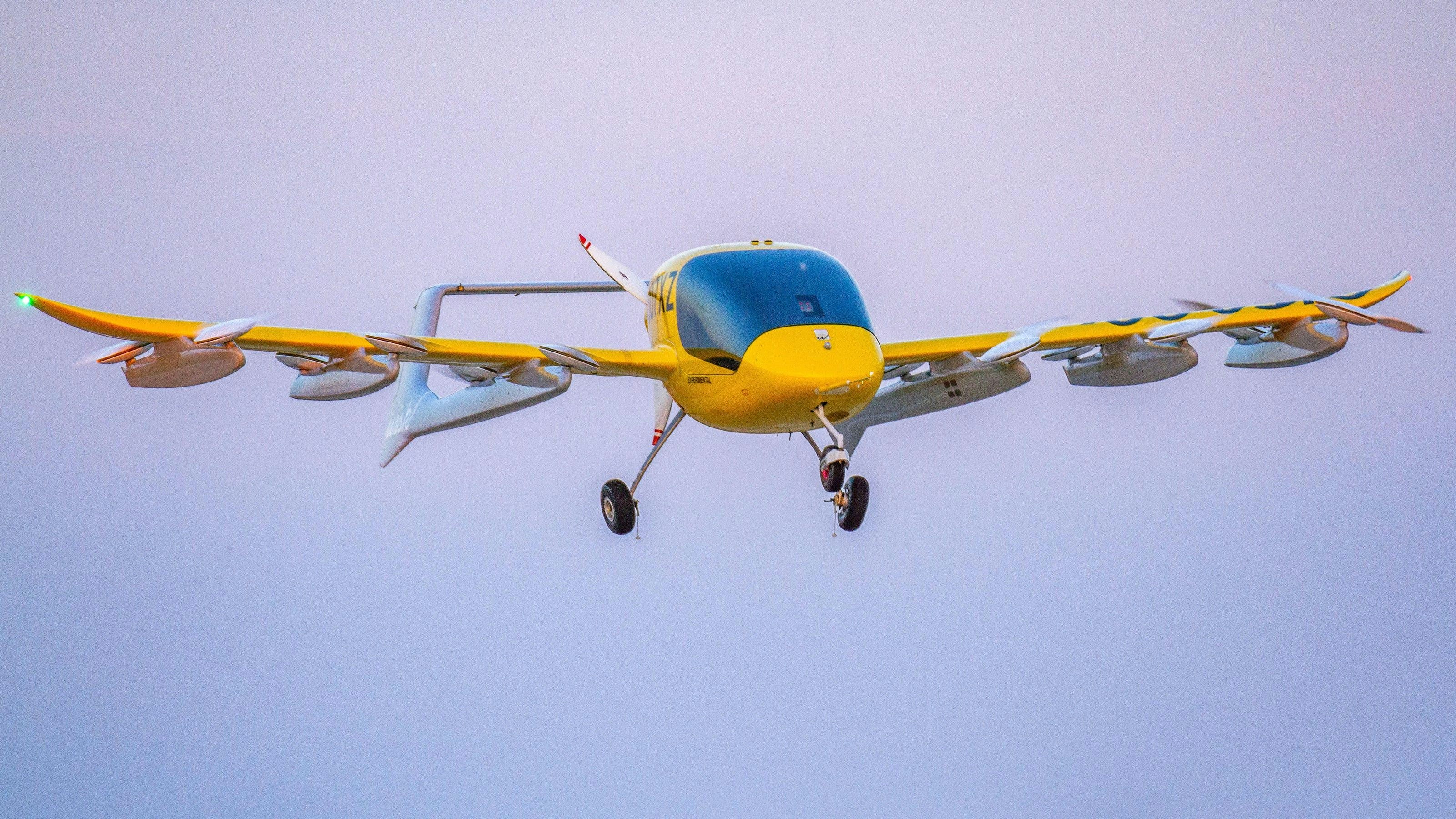
Autonomous Air Taxi Joins EAA AirVenture Museum Collection
The EAA Aviation Museum in Oshkosh has added a groundbreaking aircraft to its collection: Wisk’s Gen 5 autonomous air taxi, known as “Cora.” This electric, taxi-yellow vehicle represents a significant advancement in pilotless air travel. Designed to take off and land vertically like a helicopter before transitioning to fixed-wing flight, Cora operates entirely without a pilot on board.
Kacy Anderson, senior manager of the flight test department at Wisk Aero, highlighted the aircraft’s unique autonomous capabilities. She explained that Cora is flown along pre-programmed routes, with a remote pilot monitoring the flight and able to intervene only in emergencies. “There’s no pilot on board, no cockpit inside this aircraft,” Anderson noted, emphasizing the fully automated nature of the vehicle.
Cora made history at EAA AirVenture 2023 by performing the world’s first public demonstration of a fully autonomous, fixed-wing electric vertical takeoff and landing (eVTOL) aircraft. Its return to Oshkosh for permanent display marks a milestone for both the museum and the Wisk team. Anderson reflected on the significance of this moment, saying, “To bring it back and have it retired to the museum here at EAA is pretty special for us. I’ve been coming to AirVenture for 30 years. To now bring back a plane I’ve worked on is a really cool, full circle moment.”
Advancements and Challenges in Autonomous Air Mobility
The inclusion of Cora in the museum’s collection comes amid rapid progress in autonomous flight technology. Wisk, in collaboration with Boeing, is currently developing its Generation 6 aircraft, with the goal of becoming the first all-electric passenger air taxi certified by the Federal Aviation Administration. The company envisions a future where air travel is as accessible and convenient as hailing a ride through a smartphone app.
Despite these ambitions, the widespread adoption of autonomous air taxis faces considerable obstacles. Regulatory approval remains a significant challenge, as authorities rigorously evaluate safety measures and technological reliability. Additionally, integrating these new aircraft into existing airspace systems involves complex technical and logistical considerations. Nonetheless, the market for advanced air mobility continues to attract growing interest. Successful demonstrations of autonomous flight by companies such as Joby, including defense applications with the U.S. Air Force, indicate increasing acceptance of the technology and are likely to accelerate competition and innovation within the industry.
As manufacturers work to overcome safety and regulatory hurdles, Cora’s presence at the EAA Aviation Museum offers visitors a tangible insight into the future of urban air mobility and the evolving landscape of aviation innovation.
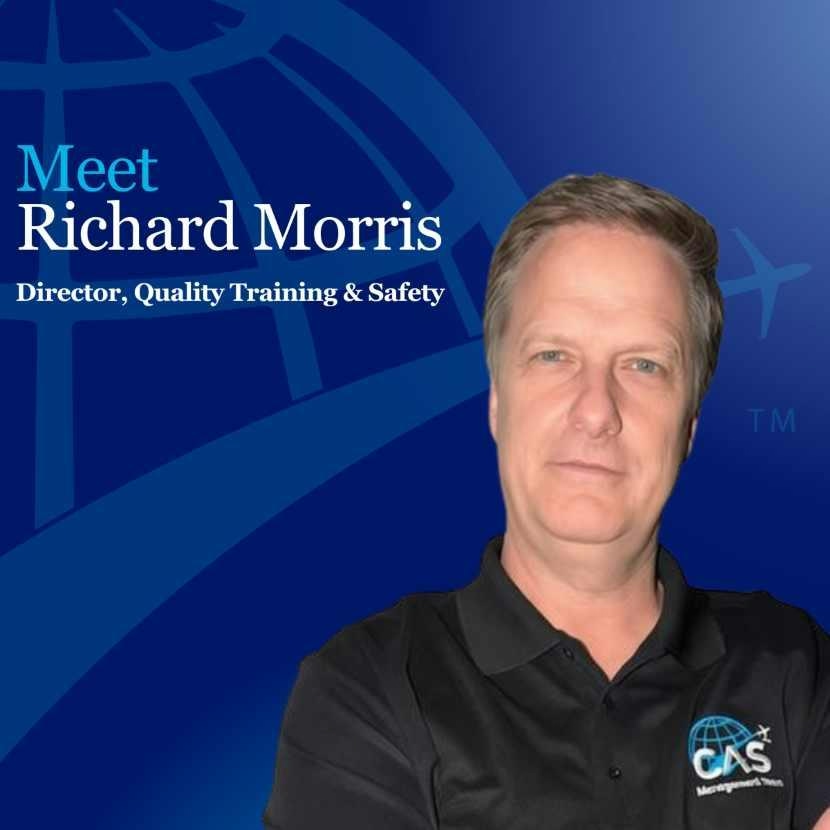
Certified Aviation Services Appoints Richard Morris as Director of Quality Training and Safety
CAAC Advances Integration of AI in Civil Aviation

FACTS Summit 2025 in Sydney Highlights Innovation and Sustainability in Asia-Pacific Corporate Travel and Aviation
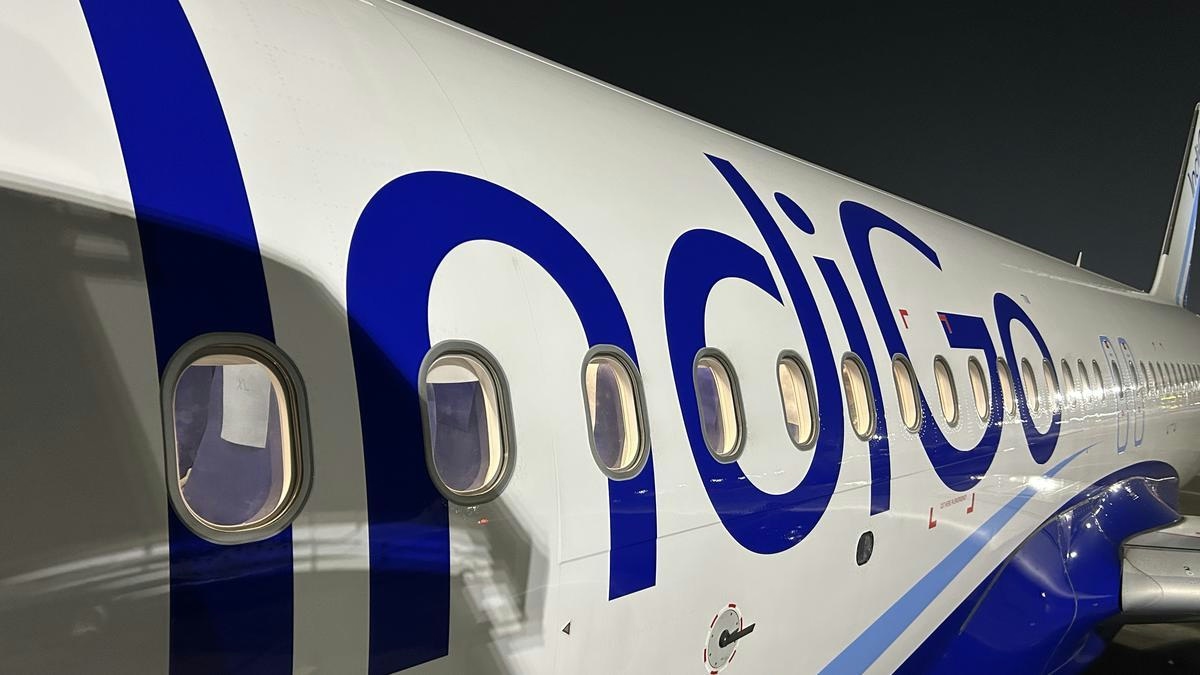
IndiGo to Deploy Wide-Body Aircraft on Vijayawada-Hyderabad Route, Says MP
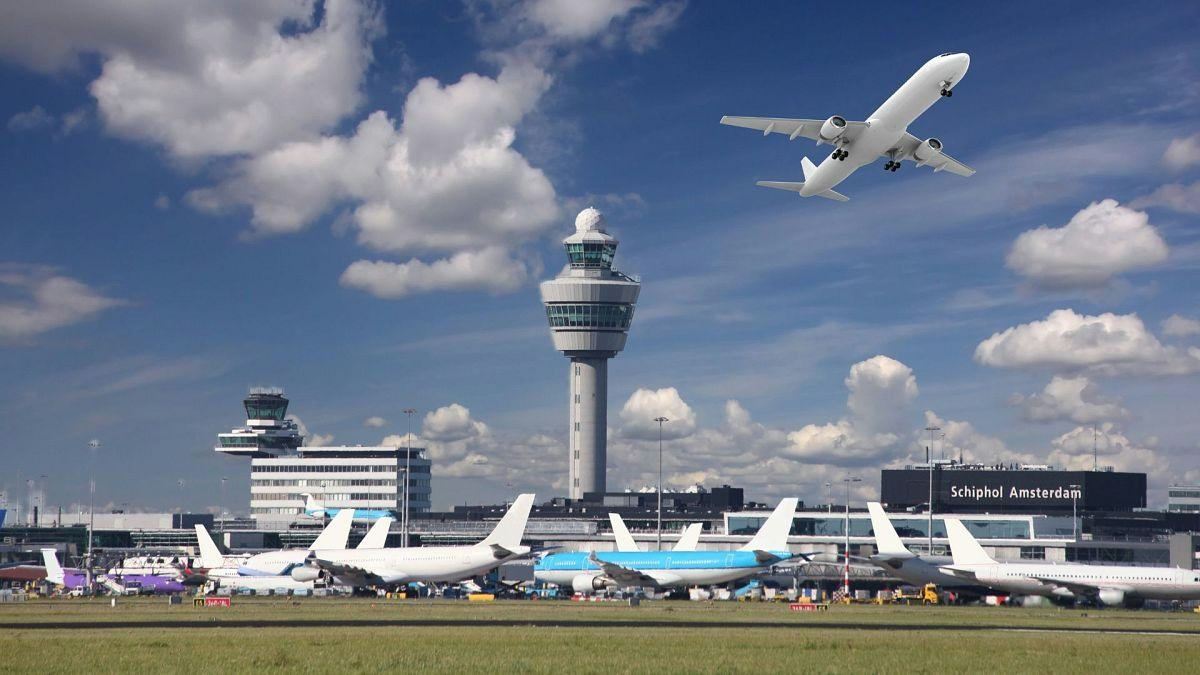
Europe Unveils New Aviation Strategy to Promote Cleaner, Faster Flights
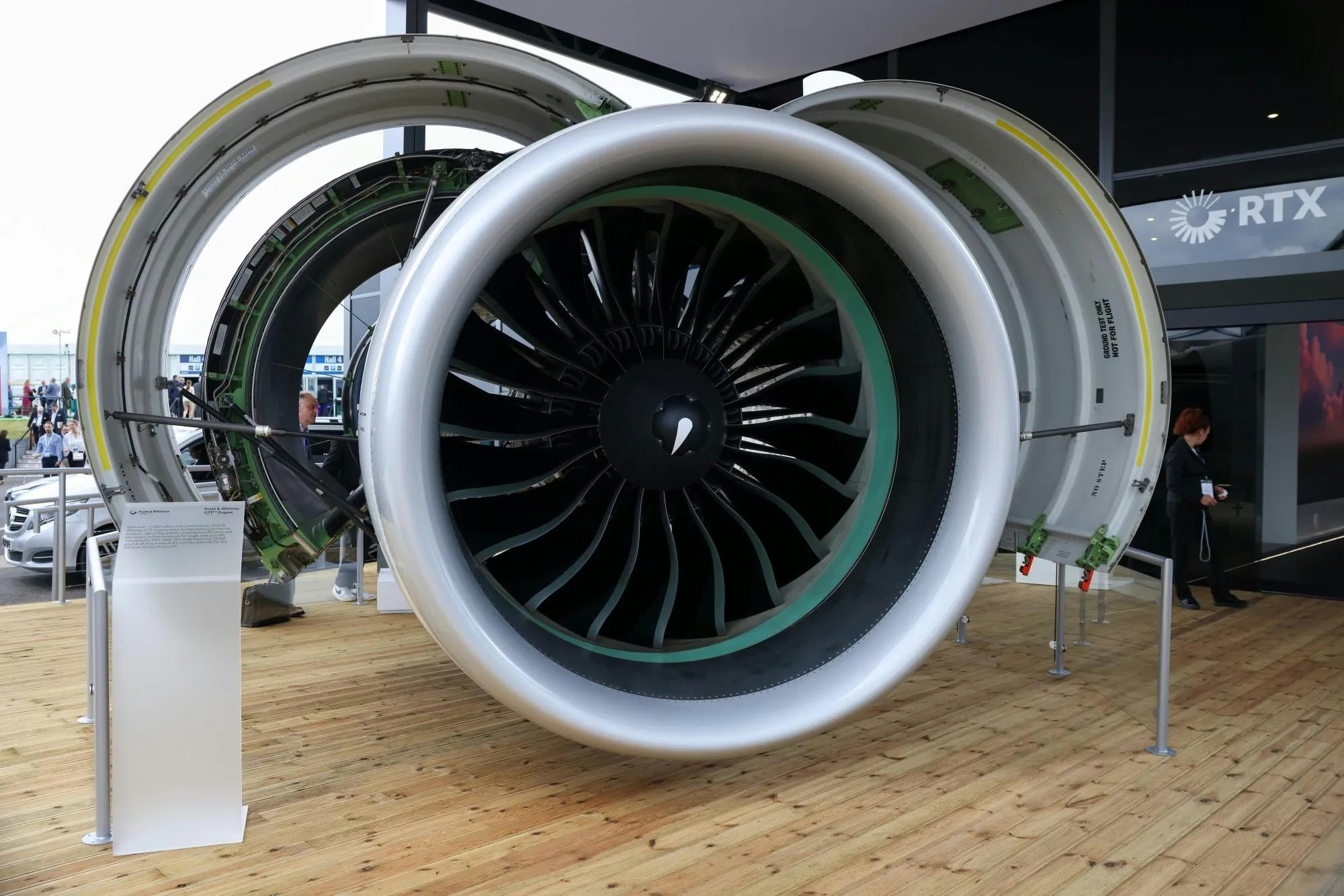
Spirit Signs Agreement with Pratt & Whitney Units on Aircraft Engines
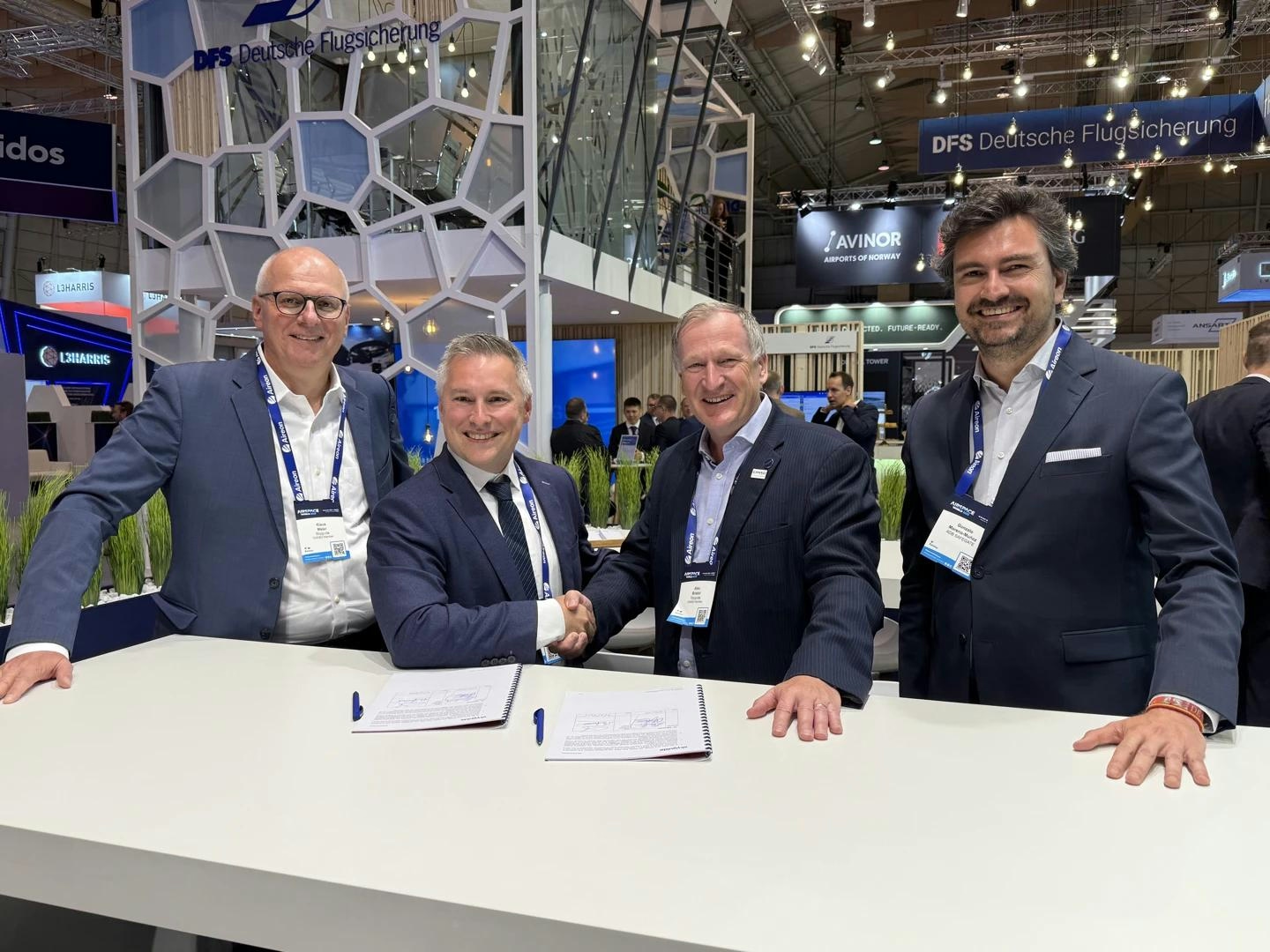
ADB SAFEGATE Receives Industry Awards for Marketing, R&D, and Social Impact

GA Telesis Secures Five-Year Landing Gear Overhaul Agreement with Major U.S. Carrier
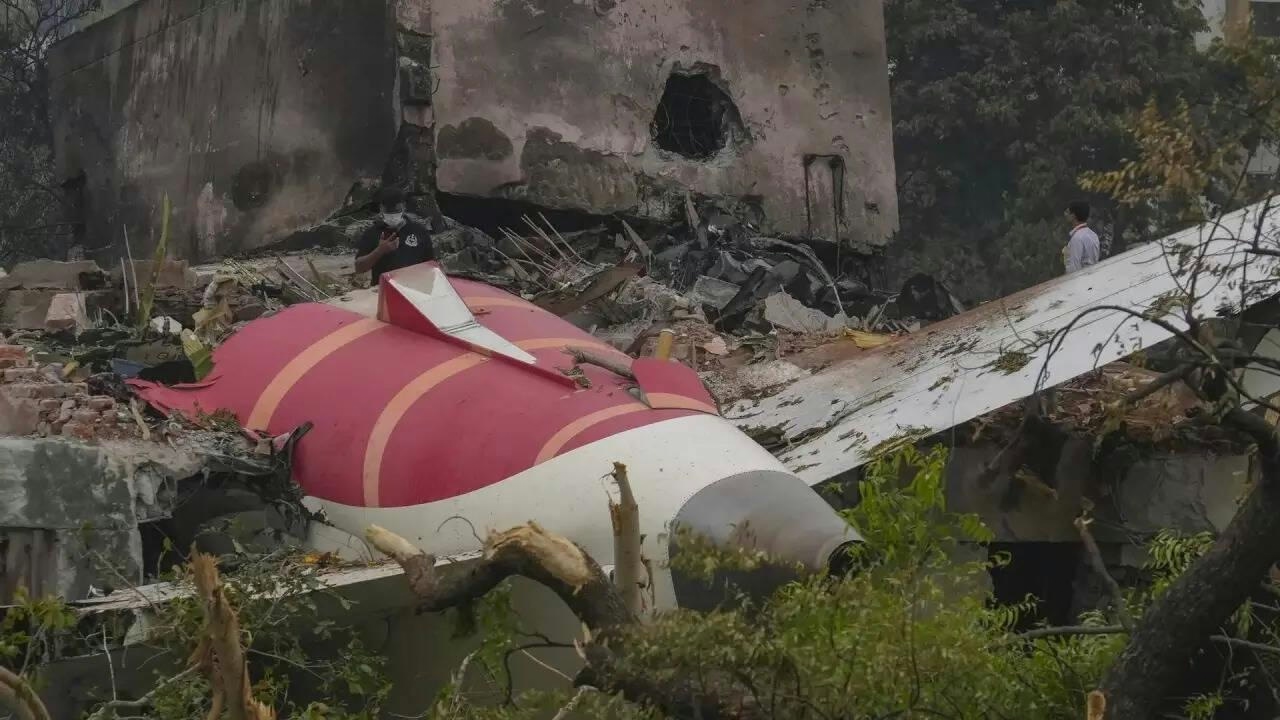
Government Strengthens Aviation Safety Framework Amid AI-171 Investigation
